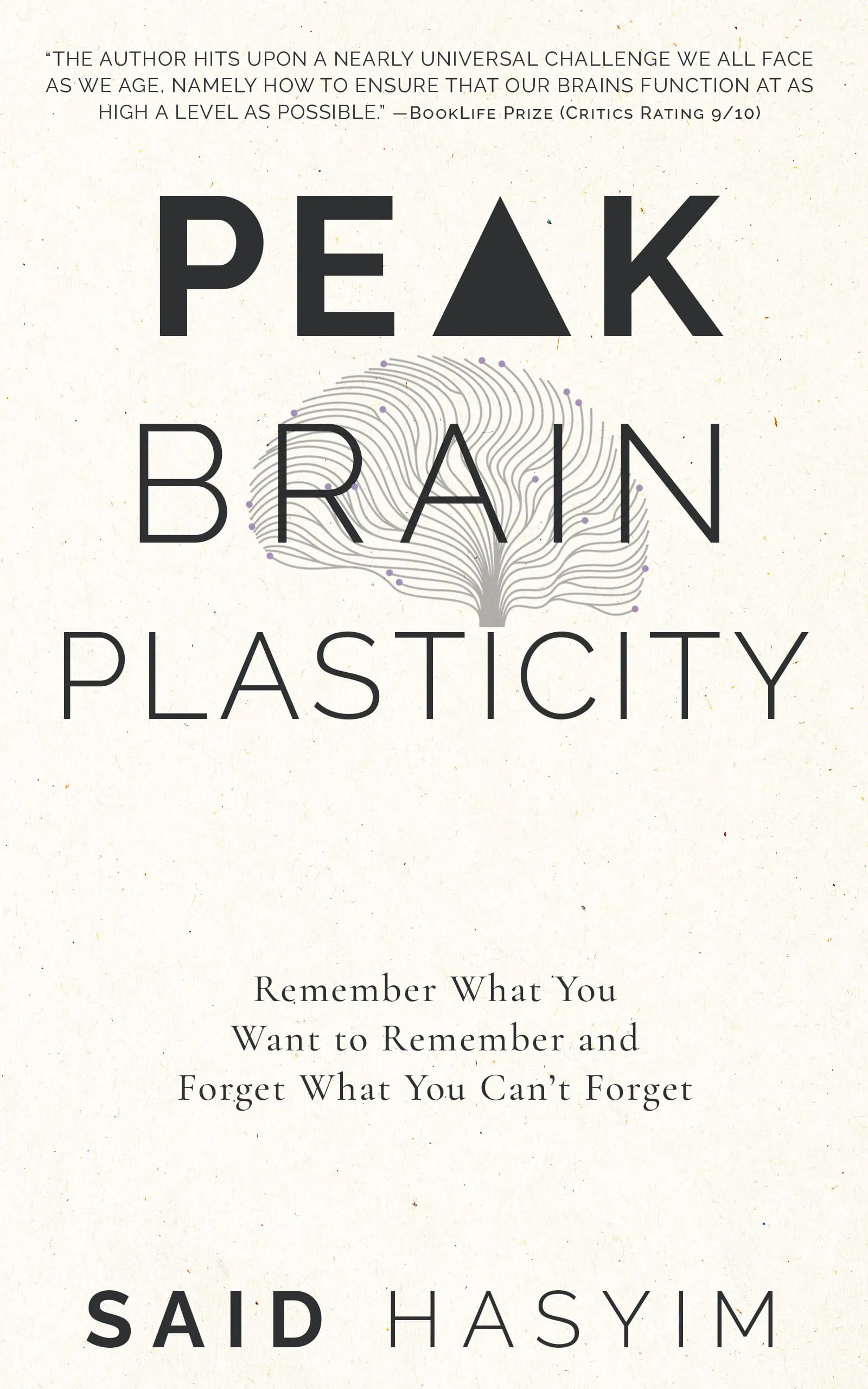The Art of Note-Making: Boosting Memory
In today's fast-paced world, where information is readily available at our fingertips, the ability to remember and retain knowledge has never been more essential. Whether you're a student, a professional, or someone simply keen to learn, mastering the art of note-making can significantly enhance your memory and understanding. This blog post delves into techniques, strategies, and the underlying principles of effective note-making that can transform your learning experience.
Why Note-Making Matters
1. Active Engagement
Taking notes forces you to actively engage with the material. Instead of passively listening or reading, jotting down key points requires you to process information in real-time. This active involvement increases your understanding and retention of the subject matter.
2. Organization of Thoughts
Notes serve as an organized record of your learning journey. They allow you to condense complex information into manageable pieces, making it easier to review later. When your thoughts are structured, they become more accessible and understandable.
3. Memory Enhancement
Writing things down helps to encode information in your memory. The physical act of writing reinforces neural connections, and reviewing your notes later solidifies that knowledge. This dual-action process—encoding while writing and retrieving while reviewing—boosts long-term retention.
Techniques for Effective Note-Making
1. The Cornell Method
The Cornell Method is a structured way to organize notes that optimizes review and recall. Here’s how it works:
- Divide your paper into three sections: the cue column (left), the notes section (right), and the summary section (bottom).
- During lectures or readings, jot down notes in the notes section.
- Afterward, write keywords or questions in the cue column that relate to your notes.
- Finally, summarize the material in your own words at the bottom of the page. This method not only organizes your notes but also prompts you to reflect on what you've learned.
2. Mind Mapping
Mind mapping is a visual technique that helps in structuring information in a way that reflects relationships between concepts. Start with a central idea and branch out with related topics. Use colors, images, and symbols to make connections vivid and memorable. This method is particularly effective for visual learners and helps to create a holistic view of the subject.
3. Outlining
Outlining is a straightforward way of organizing notes hierarchically. Begin with the main topic, followed by sub-topics and supporting details. This method is beneficial for structuring information logically, making it easier to review and understand complex subjects.
4. Using Symbols and Abbreviations
Save time and increase the efficiency of your note-taking by developing a system of symbols and abbreviations. Create your own shorthand for frequently used terms and concepts. For example, use "w/" for "with," "ex." for "example," or "→" for "leads to." This not only expedites the note-taking process but also helps maintain focus.
5. Digital vs. Handwritten Notes
The debate around handwritten versus digital notes continues to evolve. Research has shown that writing by hand may improve retention because it encourages deeper processing. However, digital notes allow for easy organization, editing, and searching. Consider personal preference and context when deciding which method to use—or even combine both!
Review and Revise
Taking notes is only half the battle. Regularly reviewing and revising your notes is crucial for reinforcing your memory. Schedule times each week to revisit what you've learned. Here are some strategies for effective review:
1. Spaced Repetition
Instead of cramming before a test, use spaced repetition. Review your notes at increasing intervals over time—this technique leverages the spacing effect, which suggests that information is better retained when it is studied incrementally.
2. Teach What You’ve Learned
Teaching someone else what you’ve learned is one of the most effective ways to reinforce your knowledge. As you explain concepts, you’ll identify gaps in your understanding and further solidify the material in your memory.
3. Self-Testing
Test yourself on the material you’ve noted down. Create flashcards from your notes or develop practice questions. Self-assessment serves to both reinforce knowledge and highlight areas that may need further review.
Creating a Comfortable Note-Taking Environment
A conducive environment is key to effective note-making. Here are some tips to create a great atmosphere for learning and note-taking:
- Minimize Distractions: Find a quiet space where you can focus without interruptions. Turn off notifications on your devices to maintain concentration.
- Stay Organized: Keep your workspace tidy and your notes well-organized. An orderly environment can enhance focus and reduce stress.
- Comfortable Setting: Ensure your seating arrangement and lighting are comfortable to avoid fatigue during long study sessions.
The Final Thought
The art of note-making is an invaluable skill that enhances memory and learning. By adopting effective note-taking strategies, engaging with the material actively, and creating a conducive learning environment, you can take control of your learning journey. Embrace these techniques, and you’ll find that the mastering of information becomes not only easier but also more enjoyable.
Invest time in refining your note-making skills, and you'll unlock a world of knowledge that remains vivid in your memory, ready to serve you in both academic and professional pursuits. Happy note-making!
Harness the Power of Neuroplasticity
Discover Peak Brain Plasticity, a practical book to harnessing neuroplasticity. Enhance your memory, learn new languages quickly, and alleviate anxiety with effective study methods. Uncover daily habits that impact cognitive health and explore techniques for accelerated learning and memory retention. Unlock your brain's potential for growth and transformation.
